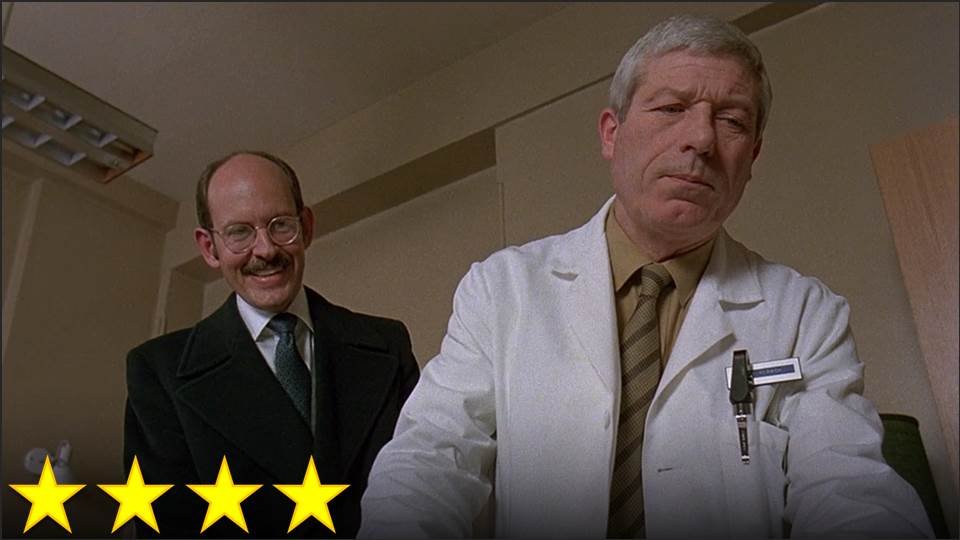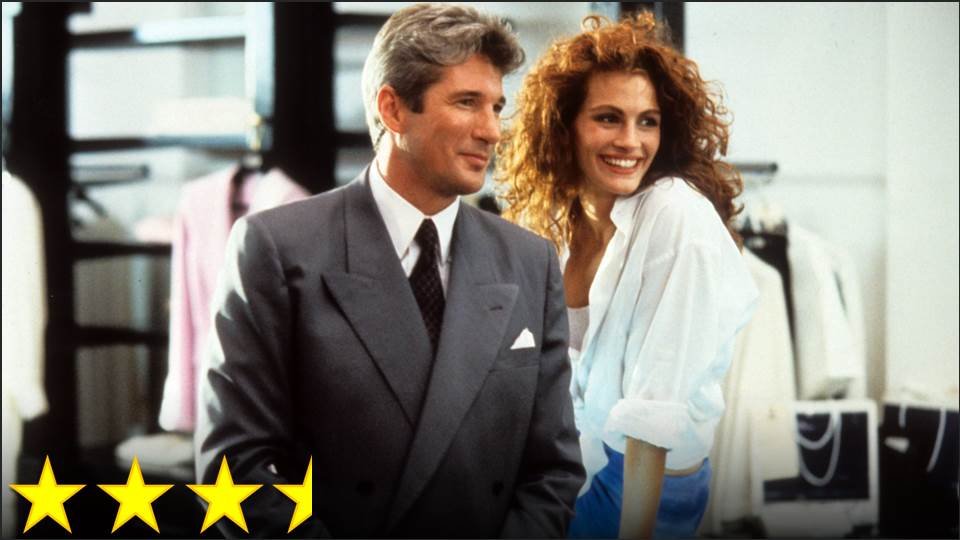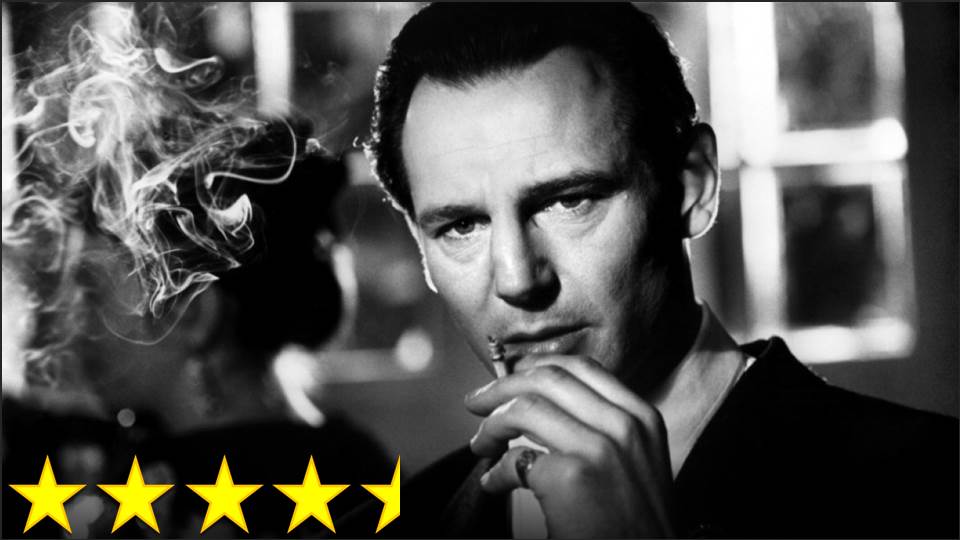My appreciation of great horror films is always a little bit limited by the fact that I don’t really care for being scared all that much. There is still some horror out there that I like, but this film doesn’t have that much of it – most of this film’s horror portions are simply slow builds to jump-scares. Sometimes fun builds, but the point is still the “startle,” which isn’t my kind of horror. This film does, however, offer my kind of humor.
Most of the movie is really a sort of bizarre ’80s comedy about a college kid and his buddy having a strange experience abroad, and the character comedy is absolutely delightful. John Landis knows how to make the minor characters funny as well; the casting of Frank Oz here is perfect, and sometimes finding the right character actor is all it takes for great comedy. I think that’s what I like so much about this film: Landis brings together different elements that don’t usually get put together, but his careful combination creates a rare and beautiful emotional effect on the viewer – an effect of uneasy laughter. It’s simply a work of really smart craftsmanship, and while not all of it is the kind of entertainment I’m used to, this film is already inching its way closer and closer to my heart.






